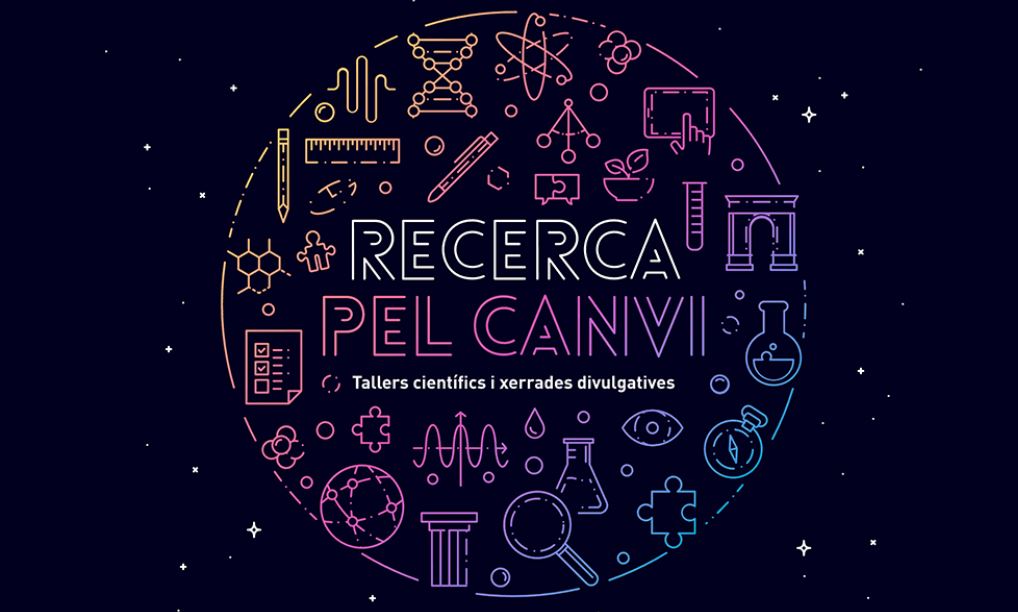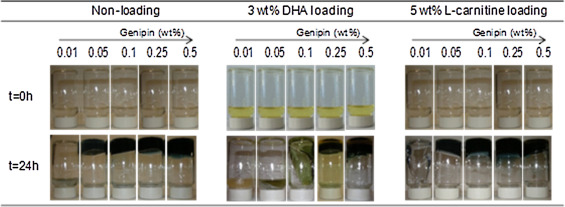The European Researcher’s Night with NANBIOSIS’ scientists.
The European Researchers’s Nigth is a public event dedicated to the dissemination of science that is held every year in more than 300 cities in 30 countries of Europe at the same time, organized on the last Friday and Saturday of September.
This year face-to-face activities are progrmmed in different locations of Catalonian cities and also the “Nit de la Recerca” YouTube channel offers more than 20 noves microxerrades led by researchers from Catalonia.
Two NANBIOSIS’ researchers have joined this event to explain their research:
Julian Guercetti – Nb4D Group – NANBIOSIS U2 CAbS, from IQAC-CSIC and CIBER-BBN, will give two Face-to-face micro-talks entitled “Tell me who you hang out with and I’ll tell you … what antibodies you have!” and “Small solutions for a big pandemic“
Jordi Esquena – NANBIOSIS U12 Nanostructured liquid characterization unit from IQAC-CSIC and CIBER-BBN with “Play as you know? How “kill” the virus“
The European Researchers’s Nigth is a project founded by the European Commission (Horizon 2020 project EuNightCat-954506) with the aim of familiarizing the public with the research developed in Europe.
Further information:










